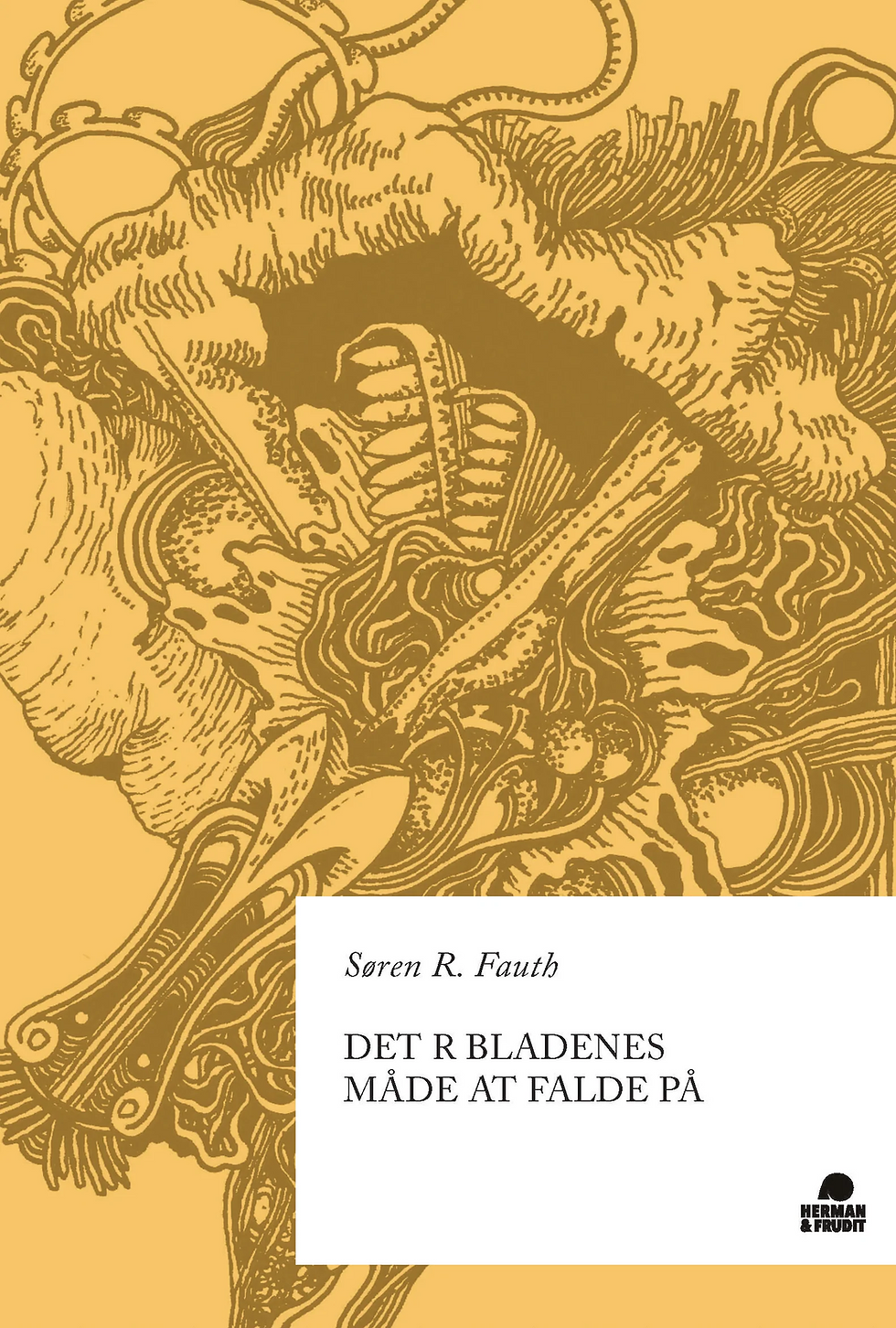Susan Sontag NOTES ON CAMP (1964)
- Matt Travers
- Jul 17, 2020
- 3 min read
Updated: Feb 13, 2022

Susan Sontag’s ‘Notes on Camp’ may be the answer to our divorced, drifting, post-digital sensibility (a world of concerned bemusement as laid out by Patricia Lockwood in her essay 'The Communal Mind'). Not only is Sontag's essay one of the best sketches of a mode of being this side of Walter Benjamin’s typology of the flâneur, but when her criteria for camp are compared with the slits in the web which we call character, well then, our current inadequacies are made clear: no dominant style. Ours is a camp on the defensive in a war of all against all.
What is camp? It’s surely not this essay. ‘Notes on Camp’ is far too clear, systematic, and serious to warrant that. What’s camp is that classic portrait of Susan Sontag on the back-cover of ‘Against Interpretation’. That's camp insofar as we have a photograph of an extravagantly beautiful young ingénue with a Dorothy Parker smile looking askance as a means to introduce a landmark work of postmodern criticism. It’s the juxtaposition of grand philosophy and a photograph of a glamorous bobbed young New Yorker to pitch it. But one last element is needed to make it truly camp: the book didn't quite live up to its ambition. As a Nietzschean take on pop culture in praise of surfaces, the essays never quite match the originality of her French masters. Overall, her essays are too derivative. More journalistic than philosophical. Yet one could well imagine choosing her approach over others thanks to that diva-like persona which goes hand-in-hand with her role as exasperated public intellectual. And sure, the studied distastefulness of valuing a woman’s intellectual work for her cover-girl shot is a bit naughty, as is the wilful nostalgia of being captivated by a black and white pin-up of a woman who has already grown old and died: a kind of Emily Brontë necro-camp.
What isn’t camp? In the two essays which comprise this tiny volume, an influential conception of contemporary bildung is developed: camp culture is the amalgam of the high and the low which eschews earnestness in favour of prising out delicate sensibilities from a careful bricolage of cultural inputs. Camp is careful insofar as one must always be on the look-out not to affirm the obvious. Be too quick to praise the best and you become dry as a stick. Simply put, ‘camp is dandyism in the age of mass culture’ (p27). The dandy must know which exquisite cultural artifacts to value, and which moral censures to flout. The values in the epigrams woven into Wilde’s writing cannot be lived without contradiction, and the tensions resulting from this should be experienced as a liberation as opposed to the sturm und drang of the beautiful soul. Replace artifacts and morals with products and causes and you have camp.
If, as Sontag proposes, camp sensibility, as precursor to postmodern hip, emanated largely from Jews and homosexuals in metropolitan centres, today it has become divorced from physical location or specific oppressed group. To each their own camp, but in the process, the organic style has run aground against the 0/1 of code. The shifting performances of gender and the necessary ambiguities of wit are hard to maintain in a culture where everything is recorded, where affiliations must be explicit, and where a love of pop is no longer ironic. Edgy and insecure, it is the assertion of the bad for moral grounds. Camp today is just no fun.



Comments